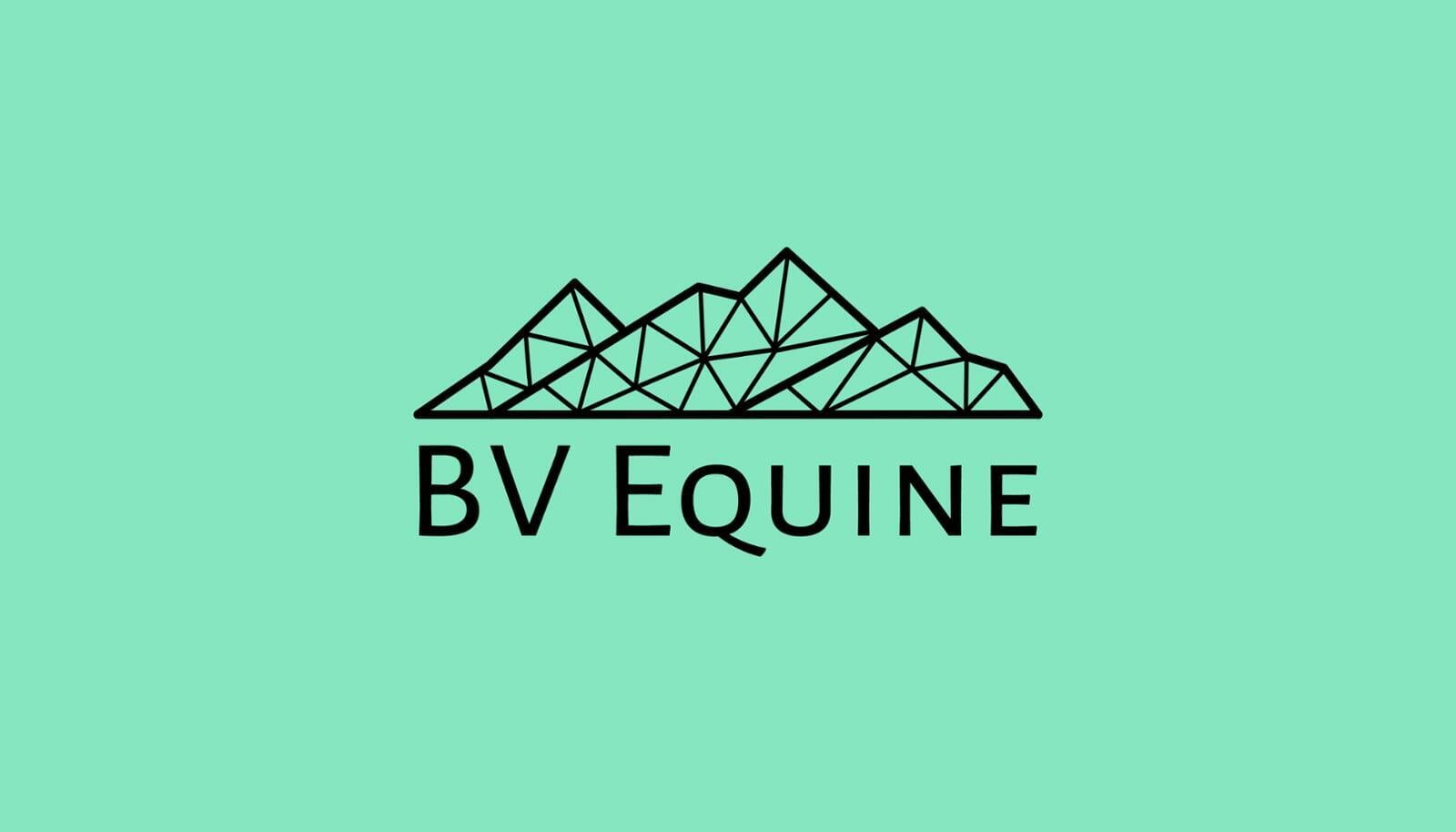Learn Horses Language In Just 9 Steps
Horses may not speak our language but they tend to speak to us a lot but in their own ways. In this week's blog I will go over the 9 ways horses communicate to us and to each other.
Vocalizations- Horses use various vocalizations to convey their emotions and intentions. These sounds include whinnying, neighing, snorting, and grunting. Each of these vocalizations can indicate different emotional states, such as excitement, fear, or alertness.
Body Language- Much of horse communication is through body language, as they are highly expressive creatures. Some key body language cues include:
Ears: The direction and position of a horse's ears can indicate its mood and level of attentiveness. Forward ears typically indicate curiosity or attentiveness, while pinned-back ears can signal aggression or annoyance.
Eyes: Horses' eyes can reveal a lot about their emotional state. Wide, alert eyes may suggest fear, while half-closed eyes often indicate relaxation.
Tail: The movement of a horse's tail can indicate its mood. A relaxed tail often hangs down, while a raised or twitching tail can signal excitement or irritation.
Body Posture: Horses can convey dominance or submission through their body posture. An arched neck, raised head, and puffed-out chest can signal dominance, while a lowered head and submissive stance indicate submission.
Gestures: Horses use various gestures like nudging, kicking, or leaning on one another to communicate various messages.
Facial Expression- Horses have fairly expressive faces that can convey their emotions. They can show fear, calmness, curiosity, and other feelings through their facial expressions.
Grooming-Mutual grooming, or "allogrooming," is a behavior where horses nibble and scratch each other. This not only helps keep each other clean but also fosters social bonds within a group.
Scent Marking-Horses have scent glands on their face and legs, and they may use these to mark territory or communicate with other horses through olfactory cues.
Physical Touch-Horses use physical touch to communicate as well. For instance, a mare might nudge her foal to encourage it to move or follow her.
Posturing and Movement-Horses often communicate their intentions and emotions through their movement and posture. They might display dominance by approaching another horse head-on or convey submission by turning away.
Alertness and Signals-Horses within a group often keep an eye on each other for signs of danger. If one horse senses a threat, it might signal the rest of the group by raising its head, snorting, or freezing in place.
Herd Dynamics- Horses are social animals and live in hierarchical groups called herds. Within these herds, horses establish clear social hierarchies, and their interactions and body language help maintain this hierarchy and minimize conflicts.
Overall, horse communication is a complex and intricate system that involves a combination of vocalizations, body language, and interactions. Understanding these cues can help horse owners and handlers better interpret and respond to their horses' needs and emotions.
If you have any questions about how horses communicate or any other questions about riding, send us an email on our contact form and we will help you out
